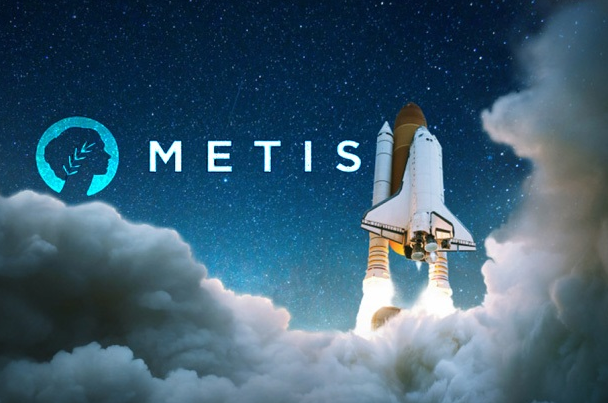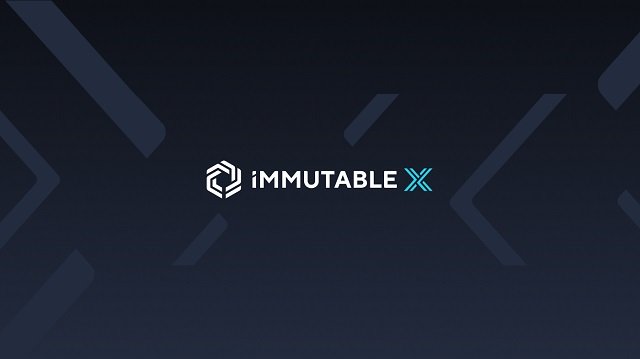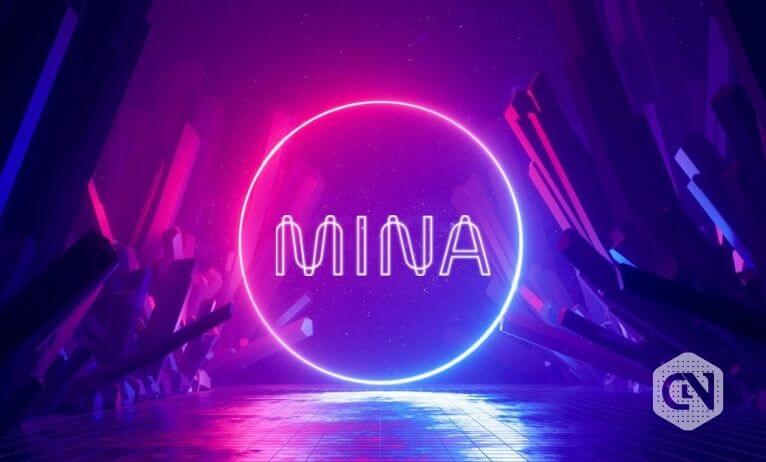MetisDAO: A New frontier for undercollateralized DeFi lending
In the DeFi ecosystem, lending platforms are the key component for crypto adoption and growth. Per DeFiLama, the TVL of DeFi reached $117 billion as of August 2022, with around $79 billion in lending protocols. Today, most of the lending protocols are in overcollateralized form, and only 16% of the entire lending TVL consists of undercollateralized lending protocols. For DeFi to unlock tremendous grow – capital efficiency is one of the main choke points for leverage and exposure. Undercollateralized lending could be the obvious solution to this problem.

Currently, there are eight categories of undercollateralized lending in the market:
1. Crypto Native Credit Scores
2. Third-Party Risk Assessment
3. Flash Loans
4. Personal Network Bootstrap
5. Real-world Asset Loans
6. NFTs as Collateral
7. Off-chain integration
8. Digital Asset Loans
The major challenge in launching undercollateralized loans is the inability of assessing borrowers’ creditworthiness and collateral/security. All of the above tackle the problem in their unique ways. However, they all have potential downsides such as scaling problem, ability of users to create unlimited virtual identities, and illiquidity of asset etc (Read more at: https://medium.com/coinmonks/the-current-state-of-undercollateralized-defi-lending-2021-1f84e14527b5).
Recently, Ethereum creator Vitalik Buterin proposed the idea of Soulbound Tokens (SBTs), which might scope the future of undercollateralized lending (Whole Paper: https://papers.ssrn.com/sol3/papers.cfm?abstract_id=4105763). In the paper, Vitalik stated that web3 today faces multiple problems, including the lack of social scores, users overly dependent on centralized platforms like OpenSea, and domination of custodial wallets. In order to form a Decentralized Society (DeSoc) that centres around native web3 identities with rich composability, non-transferable tokens, also known as SBTs, can be used to represent commitments to projects, real world credentials, certificates, and reputation. These tokens are therefore act as tokenized version of someone’s identity or CV. In other words, SBTs enable DeFi lenders to determine one’s on-chain credit relevant history.
MetisDAO (METIS) is the first Ethereum Layer 2 platform that explores the idea of SBTs. They recently launched Matrix, a web3 identity system pioneering SBTs named Reputation Power (RP). RP can be earned by performing on-chain actions. With RP, users have the ability to mint non-transferable NFT Badges issued by MetisDAO or other DApps on Andromeda. This allows users to build their Matrix profiles and establish their reputation within the Metis network. On top of that, the largest DeFi lending protocol Aave confirmed on @Blockworks_ Twitter broadcast as being the third largest project to be built on METIS in late July 2022 (https://twitter.com/ElenaCryptoChic/status/1551609561697718275?s=20&t=8UU2j0PstMC0EkQqOeI1Wg).
With both SBTs/RP and Aave coming to METIS, it is likely that METIS would be the testbed of non-custodial, secure undercollateralized lending – such that RP can be used as an appraisal method for credit worthiness. METIS has been implementing the Vitalik’s proposal as early as 2014 and delivering Vitalik’s vision on DeSoc. Interestingly enough, Buterin family has a tight connection to METIS. Vitalik’s Mother Natalia Ameline is the Head of Investor Relations and the CEO Elena Sinelnikova is Vitalik’s childhood playmate. It looks like METIS is on the road to becoming a DeSoc by taking the first step to build the undercollateralized loans market.




